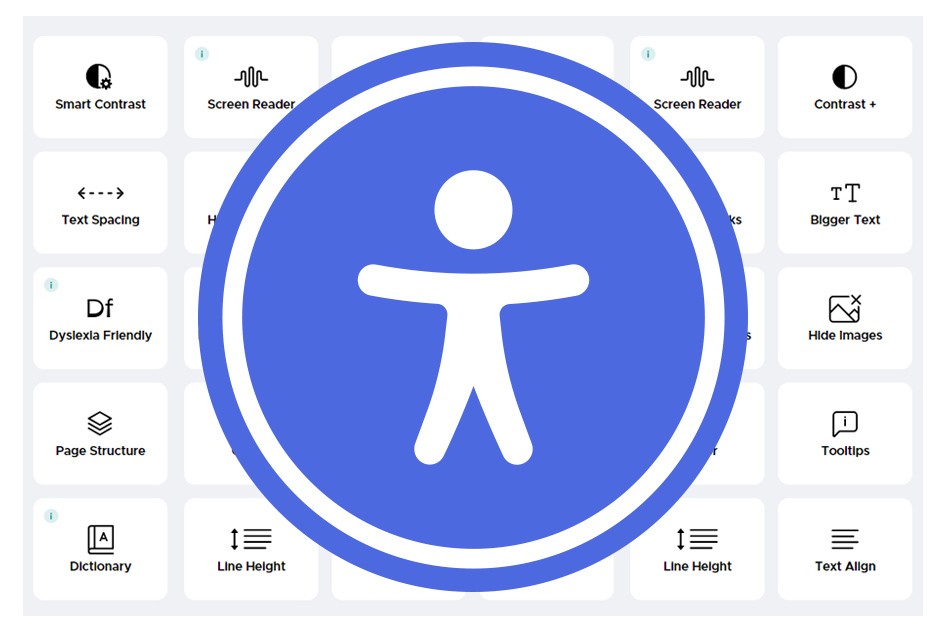Innovating for inclusivity: Accessibility goes beyond product functionality
In celebration of Global Accessibility Awareness Day, our Technical Writing and Localization Department shares how it has improved the accessibility of the AVEVA documentation portal.
Posted: May 16, 2024

By our estimates, around 30% of AVEVA’s end users could have accessibility requirements. That means there could be hundreds of thousands of people who may struggle to complete a certain task, often for reasons as common – and varied – as color blindness, ADHD, or dyslexia.
I’m not going to belabor the importance of building accessible software – frankly, it’s self-evident. Instead, I’d like to focus on an often-overlooked area where accessibility is important, and on which the team I’m part of has been working especially hard: documentation.
What good’s a document you can’t read (or hear)?
AVEVA’s documentation portal is a huge repository of written and video information, designed to help users learn how to use our products and/or quickly unstick themselves when they’ve hit a problem.
Last year, we became aware that the portal was falling short when it came to accessibility – which is particularly undesirable for a platform designed to help users get the most out of our software!
Fortunately for us, one of AVEVA’s regular hackathons was right around the corner. The hackathons give technical teams the opportunity to spend four days working with laser focus on novel and innovative solutions. We submitted a proposal that paid specific attention to improving the portal’s usability for people with visual impairments and various forms of neurodivergence. Our proposal was accepted by the hackathon, and we spent an intense week building it into enhancements we could productize. To our delight, we finished in third place!
Our efforts were championed by Forrest Scott, the R&D VP of Technical Writing, who sees accessibility as vital for fostering inclusivity. He explains: “By meticulously incorporating robust accessibility features into our technical documentation, which is crafted in close collaboration with our R&D team, we aim to ensure that all users, regardless of their abilities or needs, can easily access, understand, and leverage our products. This commitment not only enhances user experience but also empowers individuals to engage with our offerings confidently and seamlessly.”
Small changes make a big difference
Following the hackathon, and with Forrest’s backing, we set up an accessibility and inclusion initiative that consists of technical writers and managers who volunteer their time to research and implement accessibility improvements. Some members of the team have begun the process of obtaining the certifications to further their understanding and expertise in accessibility.
Happily, all our effort is translating into concrete improvements to our documentation portal.
Since the hackathon, we have rolled out the following features:
- There is now an accessibility widget available on every page of the portal, providing a wide array of options for customers to personalize their experiences to better fit their needs.
- The entire portal can be navigated by keyboard alone.
- The types of media we offer are being expanded, in order to satisfy and connect with all types of learners.
- Education videos now adhere to WCAG 2.1 accessibility standards, meaning we have implemented:
- Unique and screen reader-friendly video titles
- Embedded captions and subtitles
- Annotations and callouts that meet approved color-contrast ratios
- On-page video voiceover transcripts and refreshable braille display usage
- Clear, concise, and descriptive language in voiceover scripts
- Topic title and heading naming guidance to cut down on ambiguity
These changes might seem small and unglamorous, but for many of our users they will greatly improve the value of the documentation portal, which in turn will enable them to get more from our products.
Innovating for inclusivity
These improvements are also not the end of the story – in fact, they are just the beginning.
A few weeks ago, another team from the Technical Writing and Localization Department took third place in the 2024 hackathon for our accessibility-focused submission. We leveraged recent advances in AI and our existing product documentation to create an interactive help and information engine that incorporates several game-changing features, including voice-to-text, text-to-voice, and extensive language support to improve accessibility for users with limited physical mobility, visual impairment, and non-English language needs.
As AVEVA celebrates Global Accessibility Awareness Day in May, we take immense pride in the progress our department has made. Our journey towards inclusivity and accessibility is ongoing, but the strides we have made thus far are significant and impactful. Together, we are paving the way for a more accessible and equitable future, where technology serves everyone, transcending barriers and opening new horizons.
Related blog posts
Stay in the know: Keep up to date on the latest happenings around the industry.